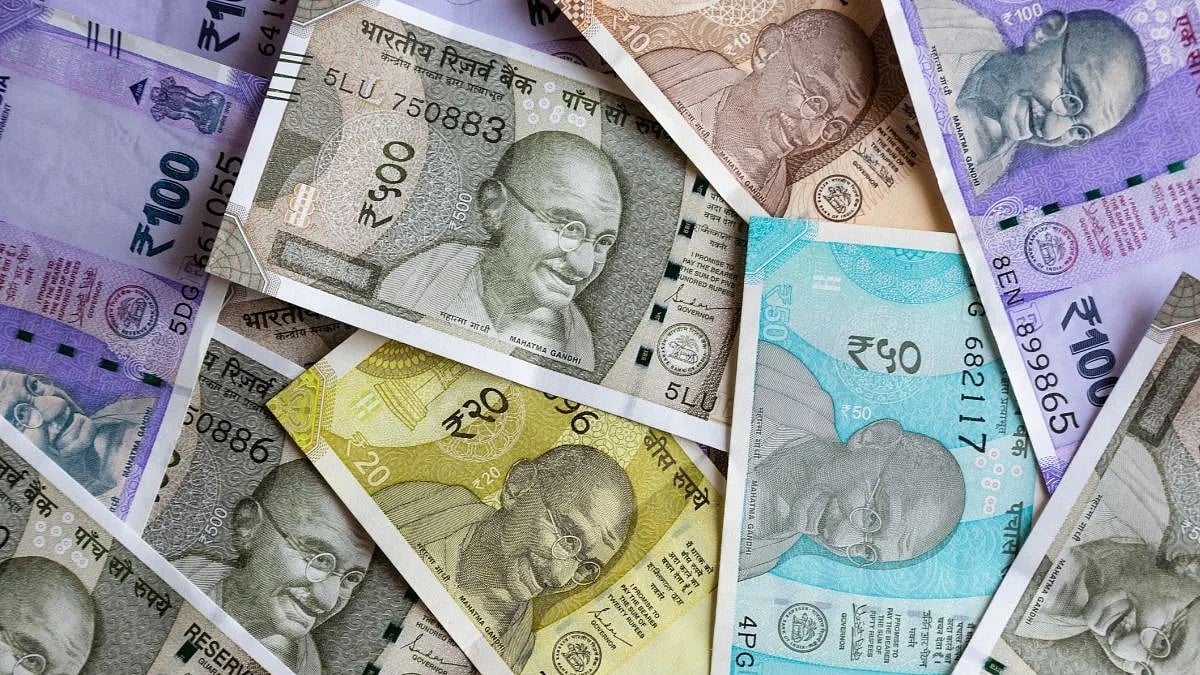The sand and dust storm (SDS) that shrouded Mumbai for two hours, and ended up killing 16 and injuring over 40 people on May 13 was not an unexpected or freak event. Earlier on May 11, at least two people were killed and 23 injured in storm-related incidents as strong winds uprooted trees, electricity poles and led to portions of walls collapsing across Delhi. Last week Manipur bore the brunt of a sand and dust storm that left several injured.
In India dust storm and thunderstorm activity usually peak in the pre-monsoon period, between March and May. During this period, temperatures can go up to 45 degrees Celsius, which can lead to these kinds of storms. Fluctuations in intensity, magnitude or duration can make them unpredictable and dangerous. The worst sand and dust storms India experienced was on May 2, 2018 when severe dust storms, thunderstorms and lightning hit several parts of India, resulting in the deaths of at least 124 people and injuries to 300 others. Two weeks later on May 13, fierce dust and thunderstorms led to the deaths of at least 40 more people, while several others were injured.
Sand and dust storms (SDS) are defined as storms caused by intense winds over areas of arid soil that pick up large amounts of ground material in the atmosphere. SDS are not new phenomena — they are a regionally common and seasonal natural phenomenon exacerbated by poor land and water management, droughts and climate change. However, there is growing alarm over the increasing frequency and intensity of sand and dust storms and their negative repercussions on the economic, social and environmental dimensions of sustainable development in the Asia Pacific region.
Sand and dust storms are a global phenomenon, stretching from the Sahara Desert and the Middle East to the Great Indian Desert and the mid-latitude deserts of Central Asia, China and Mongolia. Dry-land areas cover over 40% of the Earth’s land surface and include some of the most fragile ecosystems, highly susceptible to the impacts of climate change. A sizeable portion of the impacted area lies in the Asia-Pacific region.
A combination of climate change and land mismanagement is stripping semi-arid areas of vegetation, leading to desertification and feeding a series of more frequent, more brutal storms. Human activities, like deforestation, over grazing and the overuse of water, are causing deserts to spread and increasing the likelihood of sand and dust storms. Climate change — which is bringing droughts and more extreme temperatures — is amplifying these factors.
Approximately two billion tonnes of sand and dust enters the atmosphere each year, according to the UN coalition to combat desertification. The Asia-Pacific region is the second-largest in terms of dust emissions, contributing more than half a billion tonnes per year. These particles can travel for hundreds and occasionally thousands of miles when carried by wind. In some areas, desert dust has doubled in the 20th century, increasing the chance of sand and dust storms.
SDS events do not usually result in extensive or catastrophic physical damage. However, the accumulation of impacts can be significant. In source areas, they damage crops, kill livestock, and strip topsoil. Atmospheric dust, especially in combination with local industrial pollution, can cause or worsen human health problems such as respiratory diseases. The impacts of SDS on agriculture further threatens food security in populations already struggling with severe desertification and drought. The rising concerns led the UN General Assembly to proclaim July 12, 2023 the first-ever International Day of Combatting Sand and Dust Storms.
Combating sand and dust storms requires accelerated action and relevant capacity in multiple- hazard risk reduction for both adaptation and mitigation. But first there is urgent need to overcome the gaps in information and knowledge by connecting science, policy and actions. According to the World Meteorological Organization addressing sand and dust storms requires an integrated approach, which involves sustainable land management, climate change mitigation and adaptation, disaster risk reduction including early warning systems and international cooperation.
The extraordinary dust and thunderstorms have come just when concerns have been mounting about the rapid rate of desertification in several Indian states. According to the Desertification and Land Degradation Atlas of India, published by the Indian Space Research Organisation, 97.84 million hectares of land in India was degraded in 2018-19. Increasing desertification would mean more intense and damaging dust storms in the future.
However, the phenomenon of SDS is difficult to control directly: drought or deforestation in one part of the world can lead to sand storms in another. But we can control the conditions that lead to land drying up and dust gathering in the air by large-scale ecological restoration of degraded land.
Africa has already taken the lead with its Great Green Wall for the Sahara and the Sahel Initiative (GGWSSI), first launched in 2007, that aims to restore 100 million hectares of land by 2030 from Senegal on the west coast to Djibouti in the east, helping to reverse desertification and improve food security for the people of the area. Once complete, it will be the largest living structure on the planet, three times the size of the Great Barrier Reef.
Shailendra Yashwant is an independent environmental photojournalist and climate communications consultant. He tweets at @shaibaba









